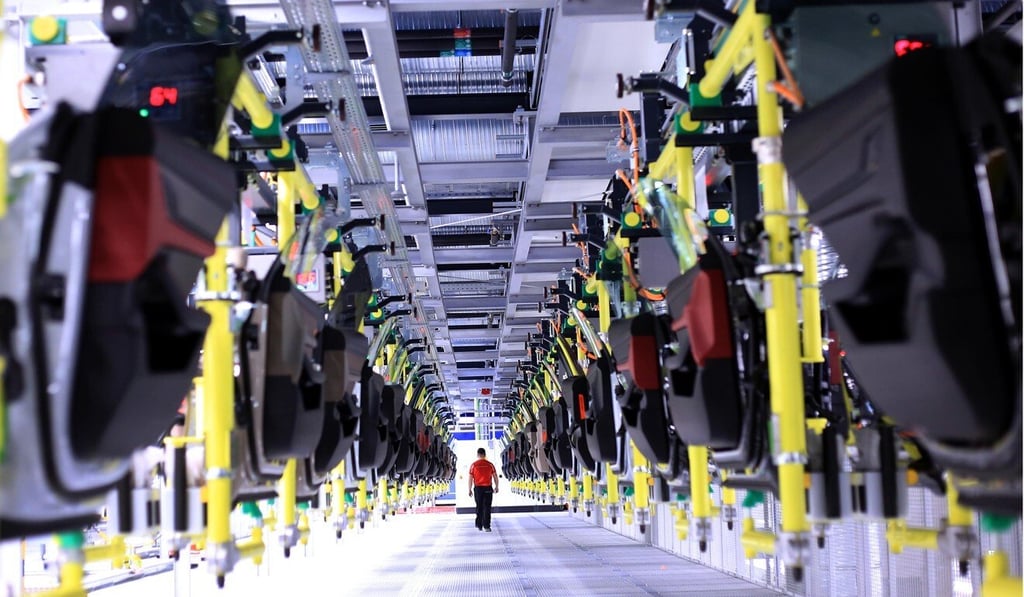Why US dollar bears should watch out for November’s presidential election
- The dollar is being undermined by loose US monetary policy and uncertainty surrounding the outcome of the poll. The latter could mark a turning point for the currency
- While Trump should manage the dollar in a globally responsible manner, Beijing has plenty of scope to target a weaker renminbi while inflation risks remain low

There’s a saying in financial markets that it’s never a good idea to stand in the way of a speeding express train – even if it is running in reverse. The falling US dollar is building momentum and it could soon be testing central banks’ patience if it poses any threat to global recovery. Dollar bears must be wary as the central banks generally tend to get what they want. The runaway train could hit the buffers sooner than expected if dollar intervention is looming.
In currency markets, there’s no such thing as a safe one-way bet, and the dollar could well surprise on the upside once sentiment recovers.
Intervention risks are rising with Europe and China worried about obstacles to recovery as their currencies get stronger and their export competitiveness continues to suffer. European Central Bank officials are already voicing concerns about the strong euro, with the currency recently touching a two-year high of US$1.20.
With the euro already stronger this year to the tune of 10.8 per cent against the dollar from its weakest point, it means much tighter trading conditions for European firms in world export markets. The stronger euro is not only hurting exporters, but it has also pushed euro zone inflation back into negative territory for the first time since May 2016. This builds pressure on the ECB either to come up with more monetary easing or else intervene heavily in the forex markets.

